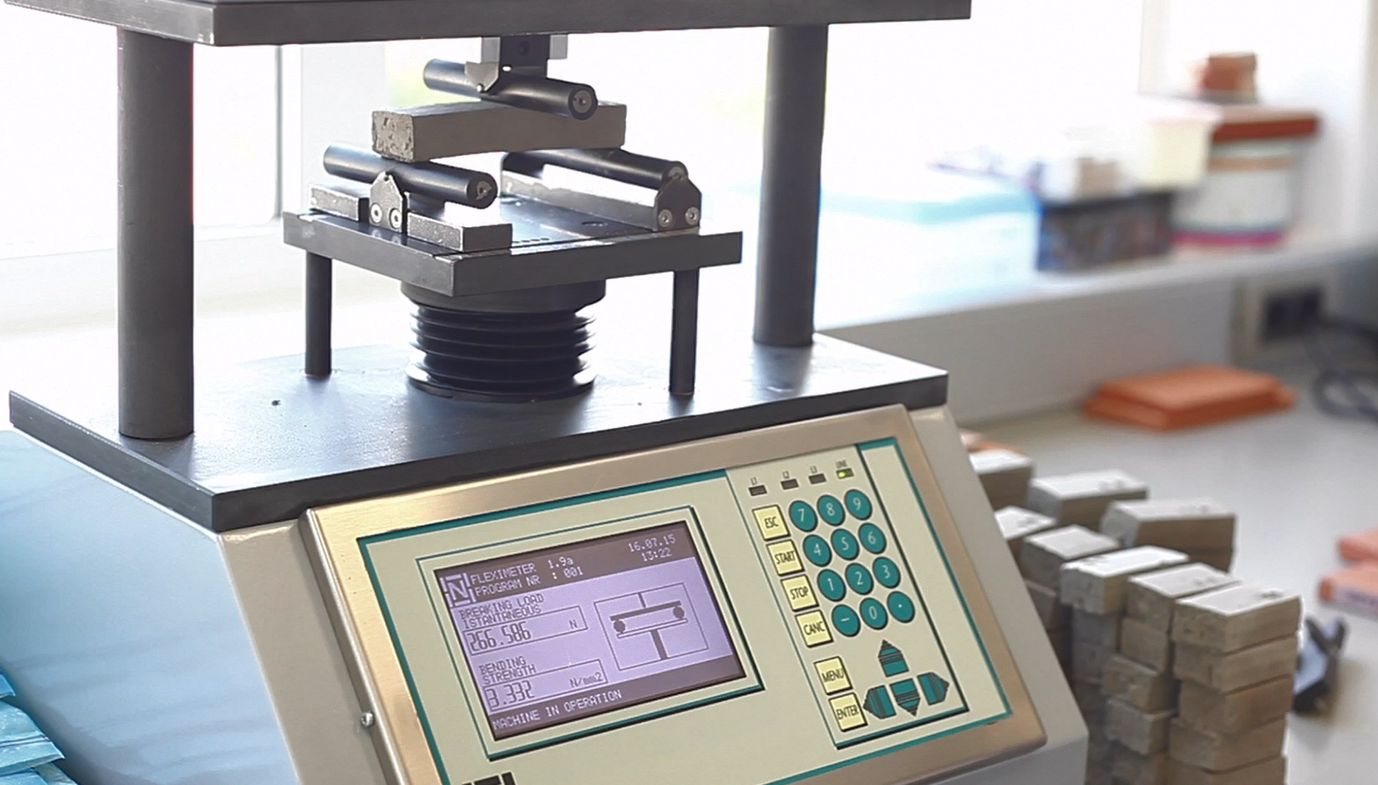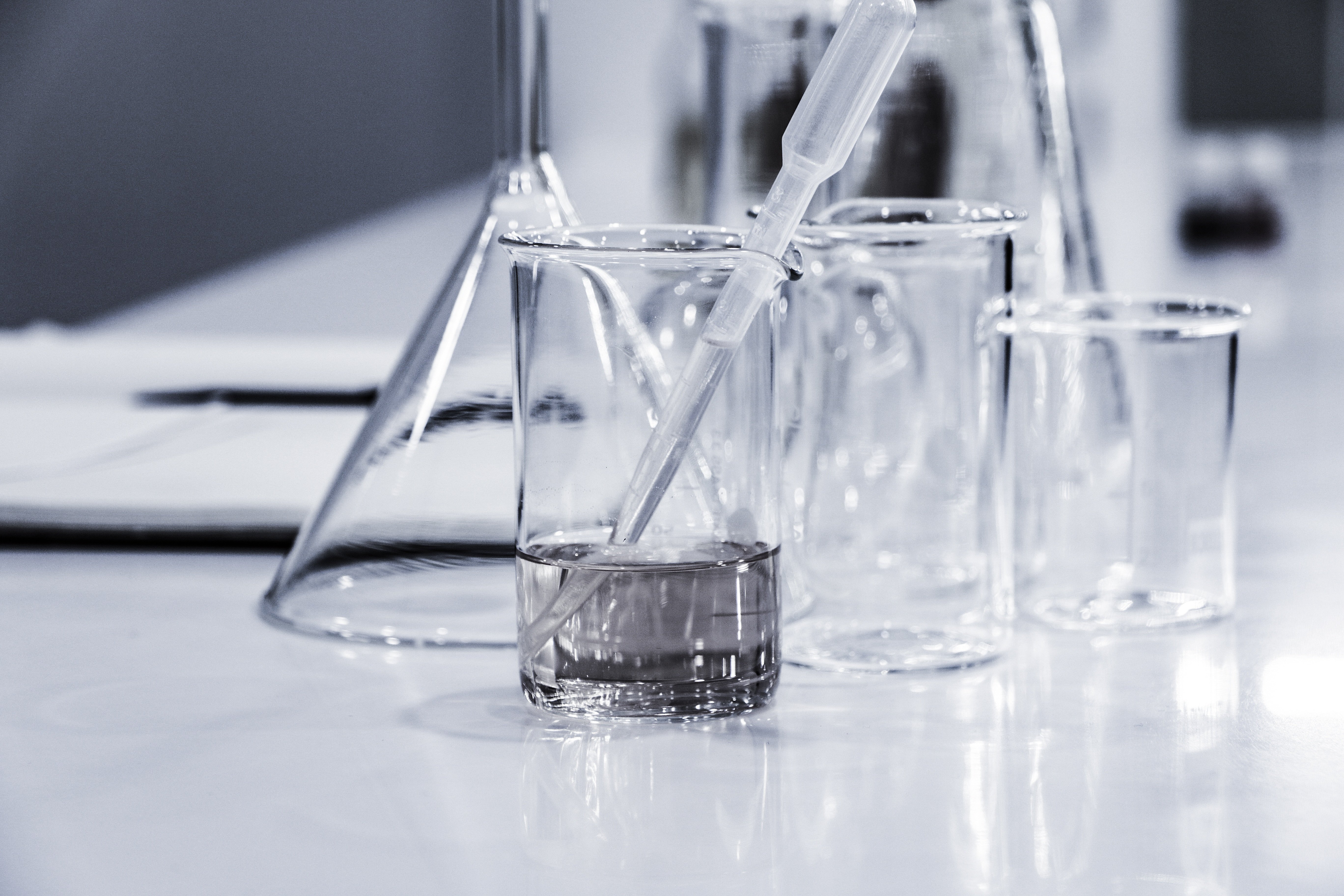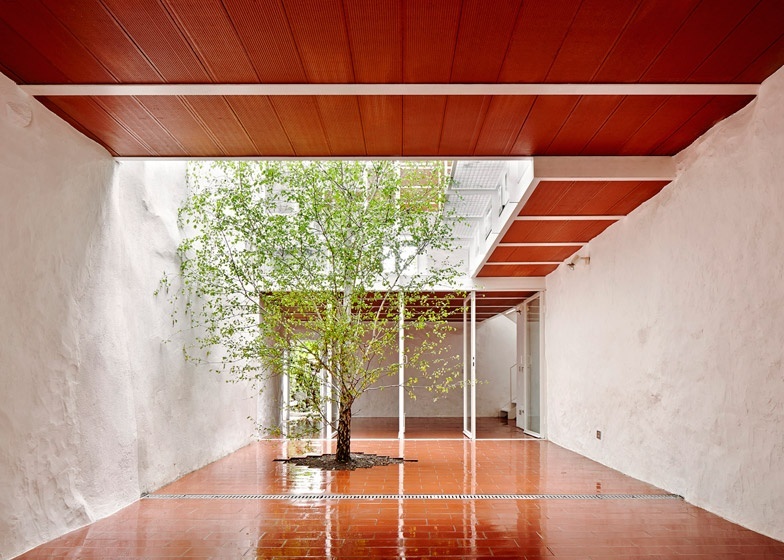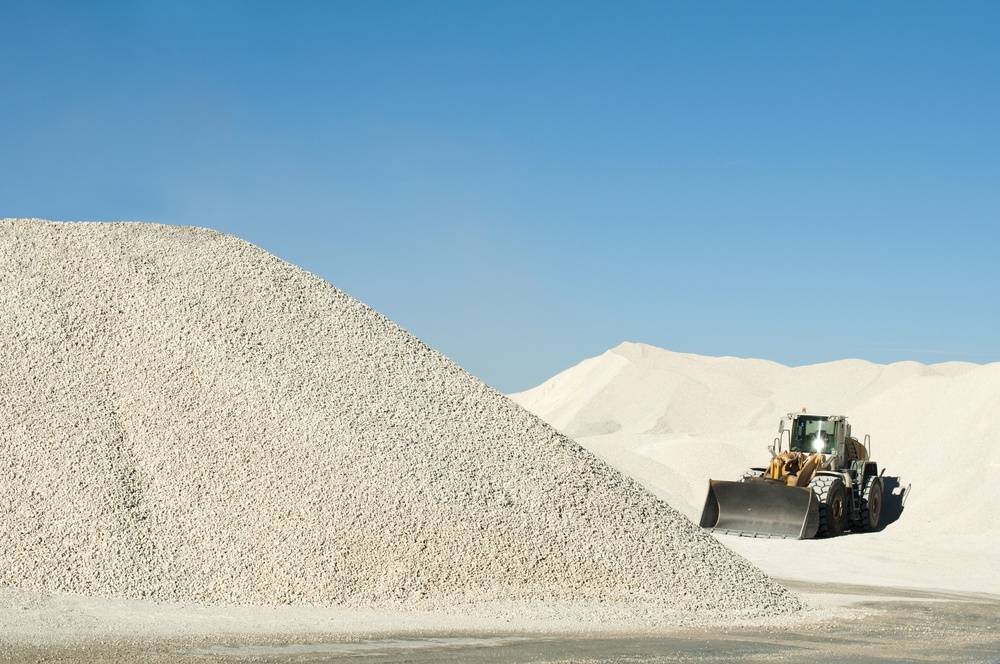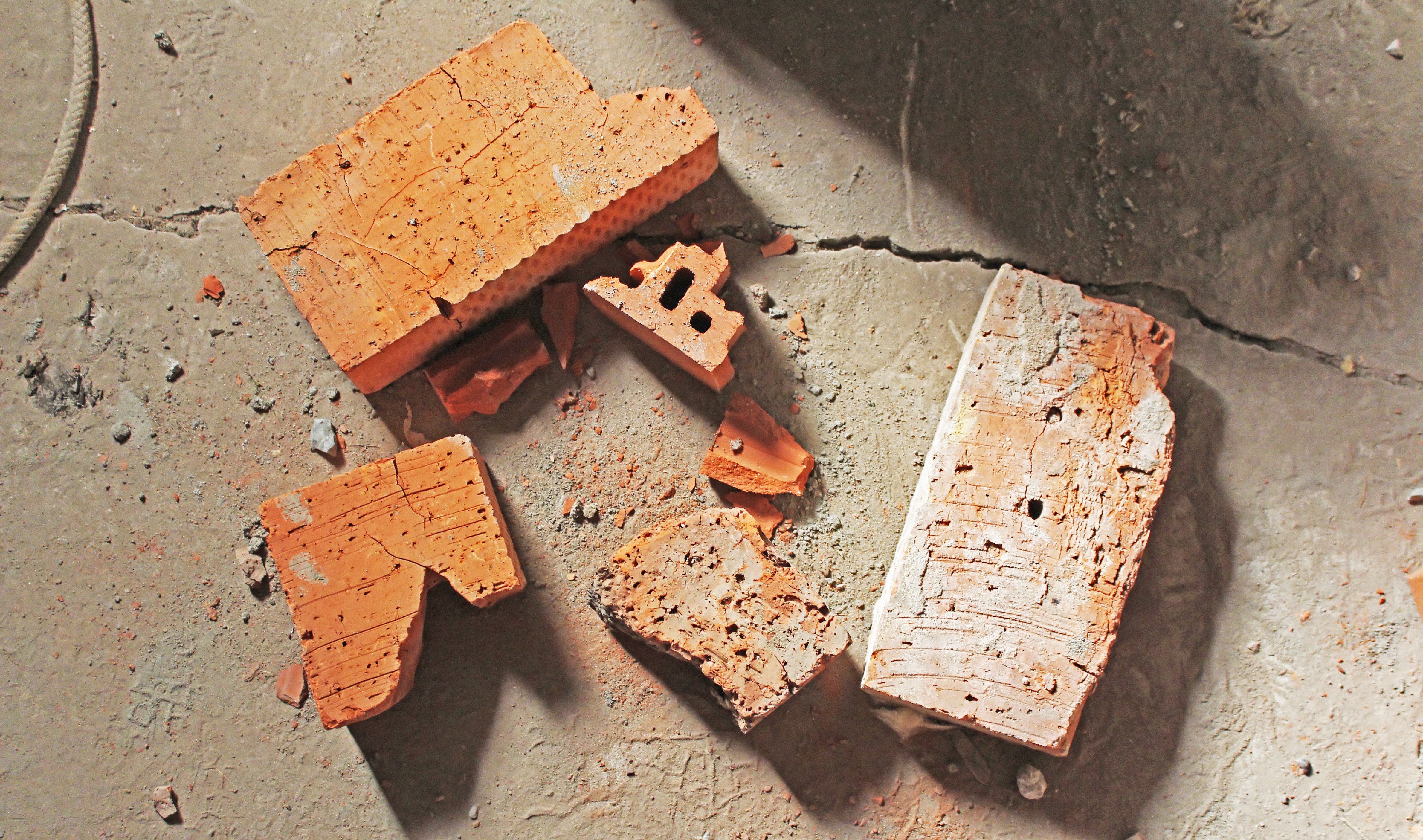Raw materials are the most crucial part of making quality bricks. Consistent, high quality raw materials combined with sound processes normally result in good quality fired ware. Unfortunately, in the real world, raw materials vary in quality and consistency. Variations in raw materials such as particle size, fired color, carbon content, and shrinkage are routinely measured during exploration, mining, stockpiling, and production. Another characteristic of raw materials that is critical and should be measured and monitored is the level of soluble sulfates present in the raw materials used to make brick.
Bill Daidone
Recent posts
Temaer: Structural, Ceramics, Green Strength, optimization, Tools
Raw materials are the most crucial part of making quality bricks. Consistent, high quality raw materials combined with sound processes normally result in good quality fired ware. Unfortunately, in the real world, raw materials vary in quality and consistency. Variations in raw materials such as particle size, fired color, carbon content, and shrinkage are routinely measured during exploration, mining, stockpiling, and production. Another characteristic of raw materials that is critical and should be measured and monitored is the level of soluble sulfates present in the raw materials used to make brick.
Temaer: Structural, raw materials, Ceramics, Scumming, Tools
CONSISTENCY
Reducing variability in materials and processes is vital to making quality structural clay products. Consistency is key to raw materials in the matters of selection, mining, grinding, mixing, and extrusion. Additional processes that require consistency include drying and firing.
Temaer: Structural
Using clay conditioners to optimize the drying of large structural bricks
By Bill Daidone 26-Apr-2018 12:01:00
Structural Bricks
Structural bricks provide greater insulation, more protection from the elements, and the appeal and durability that have always made clay brick a desirable building material. The manufacturing of large structural clay brick presents challenges to brick makers in two of the critical processes involved in brick making, extrusion and drying. In this blog we will focus on the drying part of the process.
Temaer: Structural, Drying, Clay additives
Large Structural Brick
Brick types vary from thin brick to face brick to structural through the wall units. Thin brick allow for less weight and less costly installation. Face brick provide some insulation and are practically maintenance free for the lifetime of a building. Structural clay brick provide greater insulation, more protection from the elements, and the appeal and durability that have always made clay brick a desirable building material. The manufacturing of large structural clay brick presents challenges to brick makers in two of the critical processes involved in brick making: extrusion and drying. In this blog post we will focus on how to avoid breakage in the extrusion part of the manufacturing process.
Temaer: Structural, extrusion
Utilizing more of the raw materials from your mining operations
By Bill Daidone 12-Oct-2017 07:30:00
raw materials
The raw materials used to make bricks are the most important part of the process. The quality of the brick and the success or failure of the brick plant can often be traced to the raw materials. The planning and implementation of a raw materials program is the backbone of a well-run brick plant. Brick plants are often built in close proximity to the primary raw materials to be used for decades. The quality and consistency of these raw materials normally vary throughout the mine property. When the characteristics of some mined materials are too far out of specifications it may be necessary to avoid these raw materials thus reducing the raw material reserves. Some of the characteristics and some of the ways to optimize the usage of raw materials are described below.
Temaer: Structural, Refractory, raw materials
Eliminating cracks in your brick production: not as difficult as you think.
By Bill Daidone 22-Jun-2017 07:30:00
Drying is one of the most critical parts of making quality brick. There are a number of things that can be done to improve drying and reduce drying defects. In order to reduce cracking there needs to be an understanding of the drying process and understanding of the brick body that is being dried.
Temaer: Structural, Refractory

